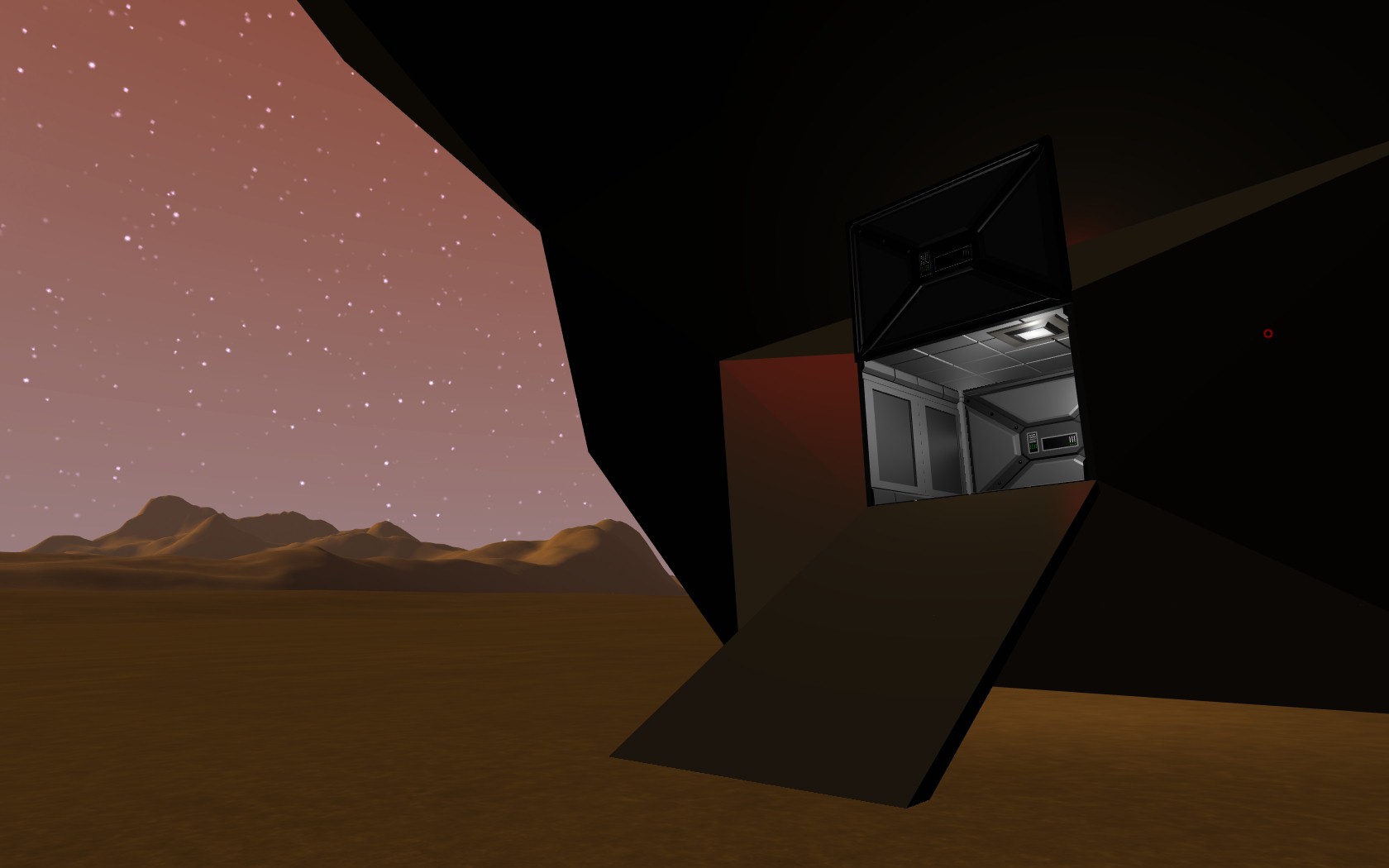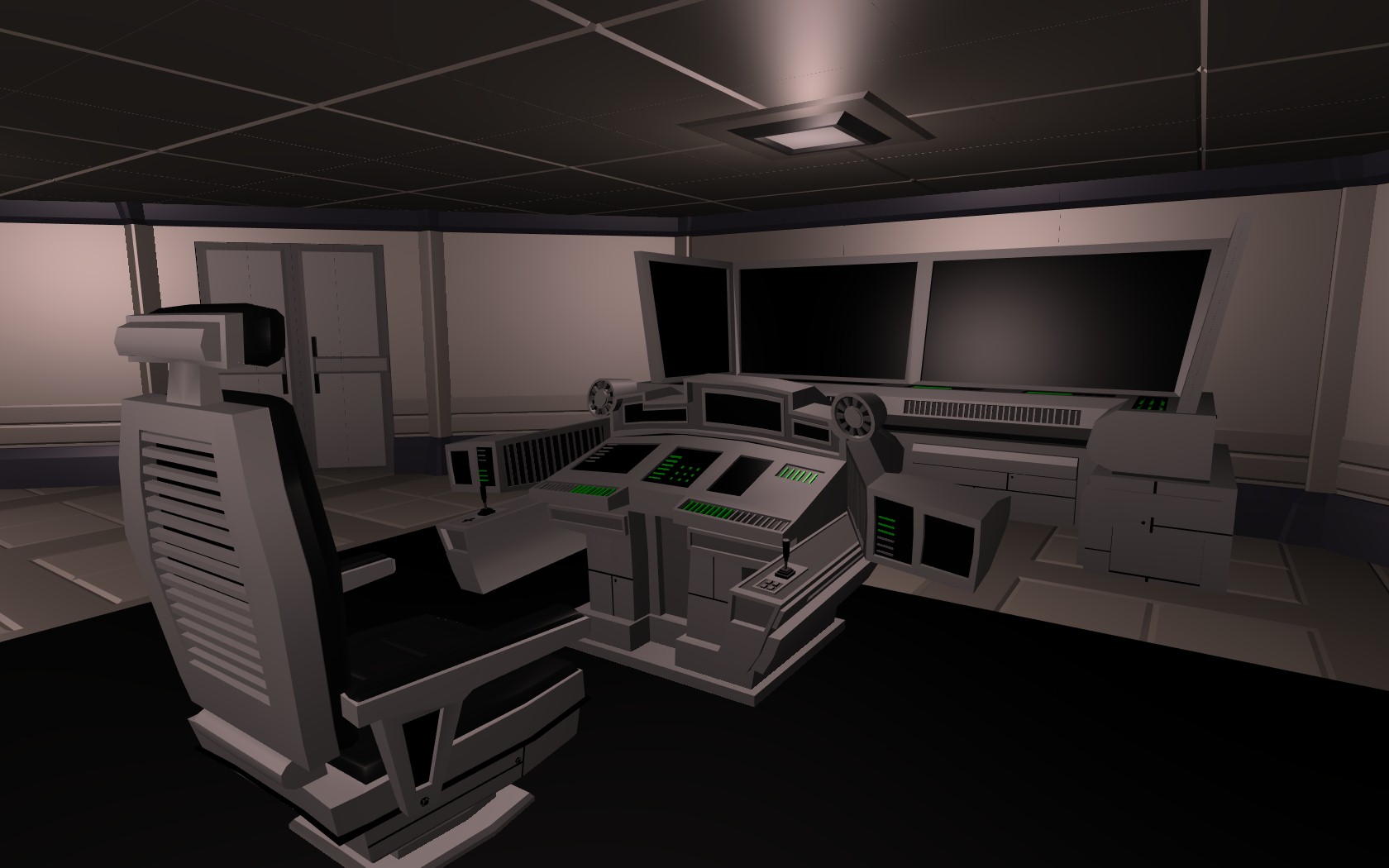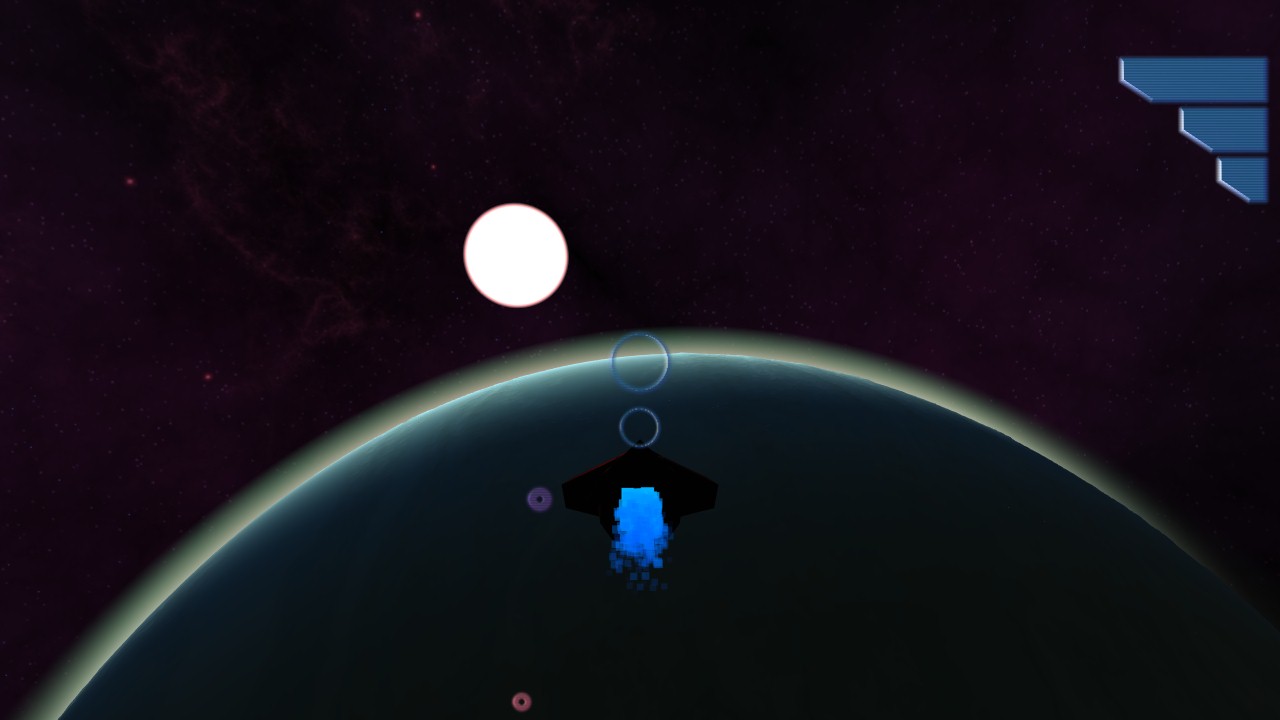Ok, so in my new vein of writing about things that I think are rad (and really, when it comes down to it, isn't that what any writer wants to do?) I decided to start with something that really excites me: Augmented Reality.
Here's the thing. There is a spectrum between Reality and Virtual Reality. Reality is, of course, completely real, meaning not affected by digital technology at all. This is specifically in terms of the way we experience the world through the 5 senses. Reality means there's no tech in between our senses and the real world. Obviously you could argue that glasses and contacts and the like "augment" our senses, but that's not really what I mean. I mean computer-like tech. So, in terms of gaming, LARPing is basically as "reality" gaming as you can get. On the opposite end of the spectrum is Virtual Reality. That's where 100% of the world with which you interact is virtual. All video games are basically virtual reality, but generally what you think of when you think virtual reality are things like the
Oculus Rift, which is actually really cool. VR tech is exploding right now in the wake of the Rift, and is starting to expand past the base of just visual virtual reality to include wearable motion sensors and things like the
Virtuix Omni, which is billed as an "omni-directional treadmill", which basically means you can walk on it in any direction and it translates your movements into the game.
These things are incredible, and I'm super excited about them. Anyone who knows me knows that I tend to be a bit of an escapist, and the more immersive my chosen escapist destination, the better, in my opinion. Combining the Rift, the Omni, and whatever flavor-of-the-week motion sensor to completely immerse oneself in a video game is a nerdy wet dream.
However, and this is a big however, for now, we kinda have to return to the real world periodically. No matter how immersive this tech may be, it's not going to provide nutrients or relieve your bowels for you. Maybe if you're lucky you can find a way to make money by staying in a virtual world all day, but that's not going to work for the rest of us.
Sometimes, the more immersive a game is, the harder it is to come back to the real world. That's how I feel about some books, movies, and TV shows sometimes. When they're well-made, you feel as though you've actually entered the universe they're depicting, and leaving that can be hard, especially when the world you come back to is so mundane. No interstellar travel, no magic, no clear-cut battles between good and evil, light and dark. Just boring jobs, small apartments, junker cars, and homework, or, in other terms: THE LIST OF THINGS THAT MAKE YOU WANT TO ESCAPE.
So, wrapping back around to Augmented Reality. Augmented Reality falls around the middle of the Real-Virtual spectrum. The concept of Augmented reality is to put a layer in between the real world and the senses of the user. This has been around for a while in some form or another, of course. Ever since smart phones have had cameras, there have been apps that use the live camera feed and add different elements to the image. I had a game for a while where you were a gunner shooting down TIE fighters. As you moved the phone around, you could see various TIE fighters flying around in your very own sky and you were supposed to shoot them down. Simple, of course, but neat. Most games take you into a different world, but Augmented Reality brings a different world to you.
The problem with the cell phone-based AR is that it isn't very immersive. (Immersion really is going to be a buzzword for this topic, since that's been the goal of video games for the last decade or two). So, what do you do? How do you make augmented reality better?
Vuzix has had different video eyewear, including "see-through" video eyewear for a couple of years now. The issue is that it's basically still the same concept as the smartphone: a screen depicts the camera view and a program adds elements to the image. Vuzix's stuff is neat, but most people don't really want to walk around with what looks like a slimmed-down pair of nightvision goggles on their face, looking at the world through a camera. Enter Google's project
Glass. Glass is trying to be the augmented reality that doesn't block your reality, and they're appealing to a wide market. Their product is really similar to a bluetooth headset: basically it's trying to be an unobtrusive way of providing hands-free access to functions currently offered by your cell phone. Where bluetooth headsets only really offered you a hands-free calling, Glass is trying to provide hands-free picture-taking, video-recording, information-gathering, and video-chatting, among other hyphenated actions. The issue is that Glass is little more than a corner-of-your eye HUD. Basically it sits really close to reality on the real-virtual spectrum. The position of the screen doesn't allow glass to do much to augment your entire reality; rather it tries to provide useful information and features more conveniently than pulling out your smartphone. In a nutshell: NOT IMMERSIVE. Neat idea, to be sure, but NOT IMMERSIVE.
I want immersive AR. I want to have every aspect of my real world augmented by a virtual one. I don't want a HUD in the corner of my eye. I want to see the virtual world intermingling with my real world. So, I did some searching. The first thing I found that looked incredible was a product produced by a company called
Meta. Their AR glasses sounded like the exact thing I wanted. It uses tech based on the kinect sensor (their prototype legitimately had a kinect sensor mounted on top of it) and projects images to the screen of the glasses. Since it has a separate projector for each eye, it's capable of showing 3D images out in the space of the real world. The kinect-like sensors allow you to interact with this virtual world using hand and motion tracking. Supposedly, you can create and place virtual objects "in" the real world and the glasses would be able to track your motion relative to the fixed real-world point where the virtual object was placed. If that's a little confusing, imagine this: You design a virtual vase and place it on a real table. Then, as you walk around the table, changing your view angle, the vase stays put. You could decorate your whole house like this, but that's small potatoes. I'm imagining how you could use this for some sort of IRL combat situation. Imagine you and your friends out in a field somewhere with some sort of motion-sensing laser tag-esque weapons. The glasses are projecting virtual enemy combatants running along the surface of the real world, hiding behind real trees and walls and rocks, pathing around real objects. You throw a virtual grenade that bounces off of real world objects and explodes, sending out virtual shrapnel that interacts with both virtual and real components of the game.
That sounds pretty incredible, right? One issue: the Spaceglasses, as the website is called, have to be tethered to a computer, and probably one with some relatively serious processing power. Not exactly the kind of thing you want to strap on your back when you're running around. Obviously, at the rate tech is progressing, computers will get smaller and more portable, and maybe, if we're real lucky and all eat our wheaties and obey our parents and look both ways before crossing the street, batteries will get better too!
So, really disappointed with Project Glass and slightly disappointed with Meta's spaceglasses, I kept my eyes open for new stuff. And then I found something:
Lumus. Unlike Meta, Lumus is a company that's been around for over a decade, and they started the company with the invention of their optical tech: see-through lenses that reflect the image from a projector to the side of the glasses. Now, the Lumus products are actually somewhere between Glass and Spaceglasses, in the fact that they do a full-lens projection like Spaceglasses, but they have less sensors and are designed to work more like Glass. The reason they excite me, however, is because they have OEM projectors and lenses that could be incorporated into a more comprehensive product. You add a couple of cameras to those bad boys and you have everything you need for a fully-immersive augmented reality world.
Imagine walking through the real world, except with Pokemon everywhere! Imagine strolling through the park when a velociraptor runs by and a pteredon swoops overhead. Imagine having a virtual companion that can accompany you wherever you go and can take whatever form you desire. Want a pet dragon? Or a Wookiee sidekick? Want to see flying cars and 30 moons in the sky? Those are just the nifty possibilities, the games and the world-mods that are possible.
But imagine the way it'd change other things. Imagine having directions to your next destination projected in the space ahead of you. Imagine getting separated from your family at a theme park and being able to look around for a big floating "they are here" arrow. Imagine travelling to a foreign country and having written and spoken words translated for you. What about being able to type on a virtual keyboard, or eschewing the keyboard altogether and having a giant, interactive computer projected into the world around you? What if you could have notifications at the edge of your vision, or teleconference with a 3D projected image of your friend or business partner? What about looking around while you drive and seeing signs for various businesses and points of interest? Would you like to have the game running in the corner of your vision, alerting you to every fantastic moment, even though you're away from your PC or TV?
Every time we've found a new way to interface with computers it has revolutionized the way we use computers. Punch cards meant computers were only good for math-like calculations. You couldn't really play games or design things in 3D. As we progressed to monitor and keyboard interfaces we began developing text-based interactions and simple graphical interactions. Then the mouse was invented and graphical operating systems. Laptops and smartphones changed the way we use computers even more. Now the next real leap is going to be wearable computers, augmenting our reality with virtual elements. Even for the non-gamer, this is going to be big. I'm an engineer, and I know that having a part that I can "see" in the real world would rapidly change how I do my job. Having a part that I can manipulate in 3D space and get a proper feel for its size and proportions without having to have it prototyped would be incredible. Being able to build assemblies and manipulate them by hand the way they'll be manipulated once realized physically would save me a lot of time. Plus, it'd be super cool.
These are exciting times in which we live. I suppose technophiles like me would feel that way regardless of the era, but for some reason I think I'd be more excited about Augmented Reality than about the three-field system. But I guess we'll never know.








